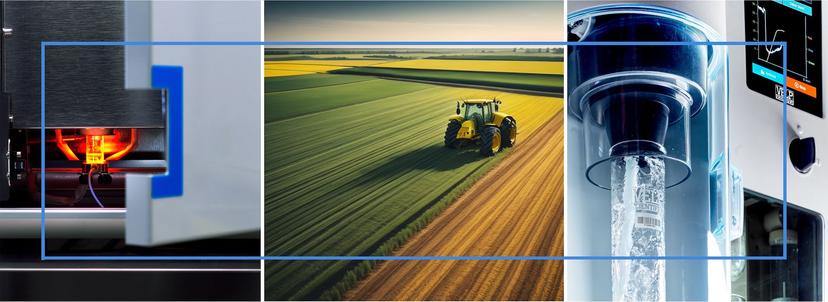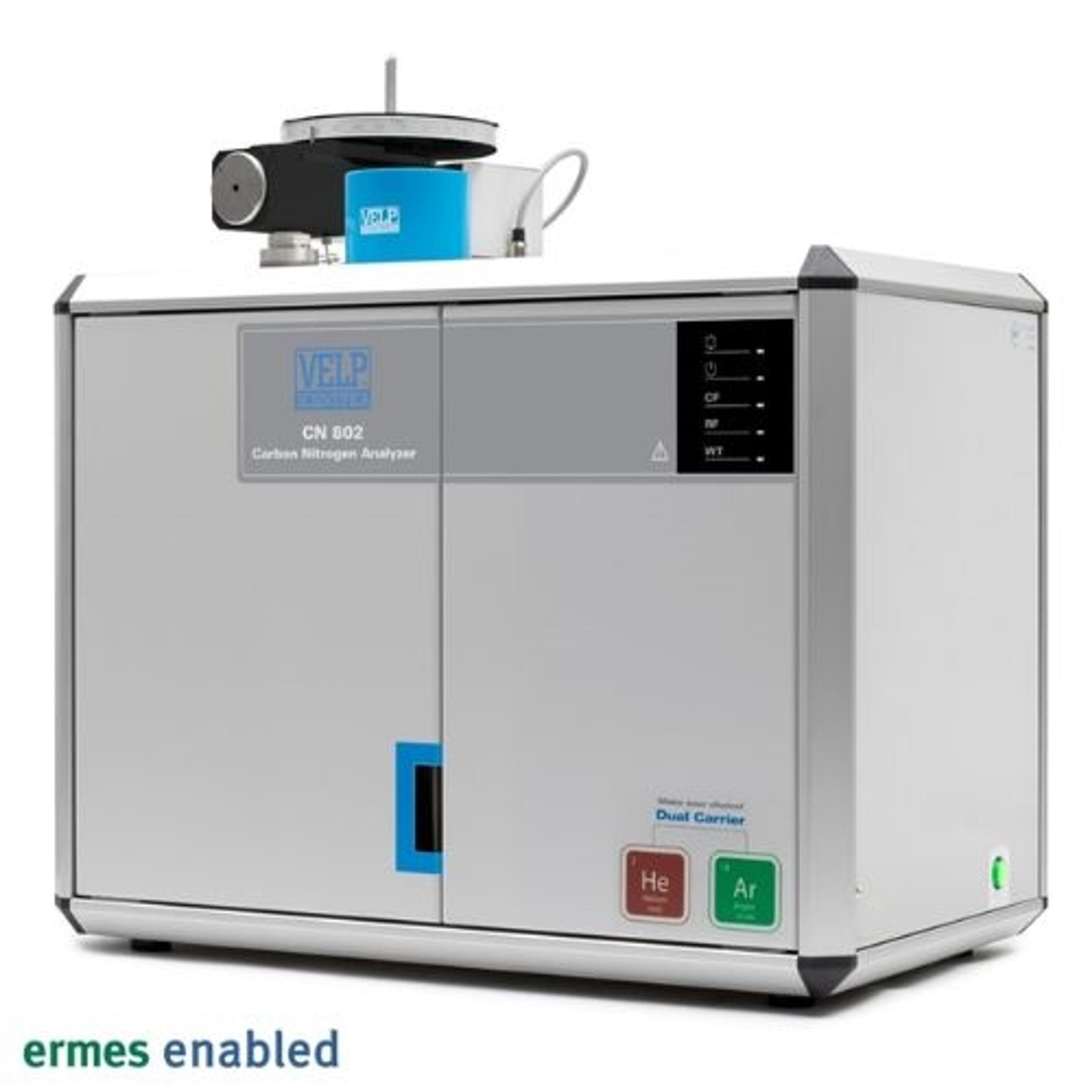Carbon, nitrogen and nitrogen forms determination in liquid fertilizers
Discover how VELP's products can help you develop the most efficient fertilizing program
30 Oct 2023
Determining carbon and nitrogen content in liquid fertilizers is crucial for several reasons: nutrient content assessment, crop health and yield, environmental impacts, and much more. Read application notes from VELP Scientifica and discover how its elemental analyzers and Kjeldahl digestion and distillation units support laboratories to achieve accurate results.

The performance of a particular plant or an entire crop is highly dependent on the fertility of the soil, and fertilizers are essential to supply the right nutrients.
Liquid fertilizers have many advantages over traditional granular fertilizers – they are able to carry several sources of nitrogen in one product, helping to prevent leaching while ensuring immediate nutrient availability in the soil.
In this context, carbon and nitrogen are two of the most critical elements for plant growth and are present in various forms within these fertilizers. Knowing the precise content enables farmers to calculate the nutrient dosage accurately, ensuring that crops receive the required nutrients for healthy growth.
Carbon and nitrogen determination in liquid fertilizers
Detecting the carbon and nitrogen content in liquid fertilizer is essential to maintain the expected yields and ensure a healthy crop. The CN 802 Carbon/Nitrogen Analyzer is designed to deliver precise and accurate measurements of carbon and nitrogen content in environmental and agricultural samples.
By accurately determining the carbon and nitrogen content in liquid fertilizers, farmers and manufacturers can optimize nutrient formulations to ensure that the nutrient composition meets the specific needs of different crops and soil types. Likewise, the C/N determination allows them to achieve the desired nutrient ratios and concentrations, which are essential for effective fertilization and plant growth.
The CN 802 makes it possible to monitor the consistency of products, ensuring that each batch of liquid fertilizer meets the required nutrient specifications mandatory to maintain product quality and customer satisfaction.
Download the application note to get a better understanding of how VELP's elemental analyzers can help you achieve maximum productivity for your crops.
Characterization of different nitrogen forms in liquid fertilizers
Characterizing the nitrogen forms in liquid fertilizers is essential for understanding their nutrient content, availability, and potential effects on crops and the environment. Indeed, different forms of nitrogen are taken up by the plants in different ways, thus characterizing the type of nitrogen contained in fertilizers is crucial to develop the most efficient fertilizing program.
Nitrogen can exist in several forms in fertilizers, and each form has distinct properties and implications:
- Ammonium nitrogen is a cation (positively charged ion) readily available to plants. It is usually preferred in acidic soils because it is not as susceptible to leaching as nitrate nitrogen.
- Nitrate nitrogen is an ion readily available to plants which is often preferred in alkaline soils. It is more susceptible to leaching into groundwater, posing environmental concerns.
- Urea nitrogen is a common nitrogen source in fertilizers. It undergoes hydrolysis in the soil to form ammonium and bicarbonate ions and it can be subject to volatilization losses if not properly managed.
Read this application note to learn about official methods, analytical procedures, analysis steps, safety precautions, and how to get accurate results for the determination of ammonium, nitrate and urea nitrogen in liquid fertilizers using the VELP UDK 169 Automatic Kjeldahl distillation and titration unit.
Download the application note >>


